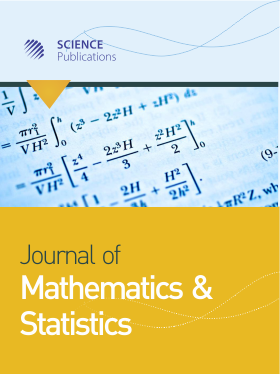Modeling Tourist Arrivals in Destination Countries: An Application to Australian Tourism
Abstract
Problem statement: Little study is evident of mathematical modeling regarding tourist arrivals in South East Queensland of Australia. In this study the Bulter conceptual destination life cycle and product life cycle frameworks are used to develop an overall determinant mathematical model of Australian tourist arrivals. The model will be calibrated using real Australian data. A more complex dynamic is also being considered and will be reported later. Approach: In the main, a modeling approach with derivative calculus was used to develop the model and identify the stages of the framework: namely; periods of exploration, involvement, development, consolidation and stagnation stages. A logistic modeling approach is also used. Results: The conceptual model led to an exponential solution and using logistic technique minimizing error led to an exponential model that fit the data well (adj r2 = 0.99). The model predicts Australian arrivals to be 7.2 million arrivals in 2015. Each of the periods suggested in the literature was identified. A healthy rejuvenation rate of 0.144 was also noted rather useful for forward planners and government departments focused on enhancing Australia’s share of international tourist arrivals. Conclusion: The international arrivals to Australia have grown significantly since 1974 and the growth has a logistic trend as predicted by the theoretical model. The stagnation stage is probably yet to be reached thus many opportunities exist for the tourism industry; the Australian arrival proportion compared to the world is around 0.061% suggesting much can be done to attract the tourist dollars; in critical region and the period before stagnation, Australia will have a growth at least equal to the world’s rate. According to UNWTO, the world has a growth rate of 3% to 4% for 2010 and it’s going to reach a 0.5% yearly additional growth.
DOI: https://doi.org/10.3844/jmssp.2010.431.441

- 4,326 Views
- 3,717 Downloads
- 10 Citations
Download
Keywords
- Mathematics modeling
- tourism models
- conceptual models
- tourism demands
- Tourist Area Life Cycle Theory (TALCT)
- dynamical system
- hypothesized
